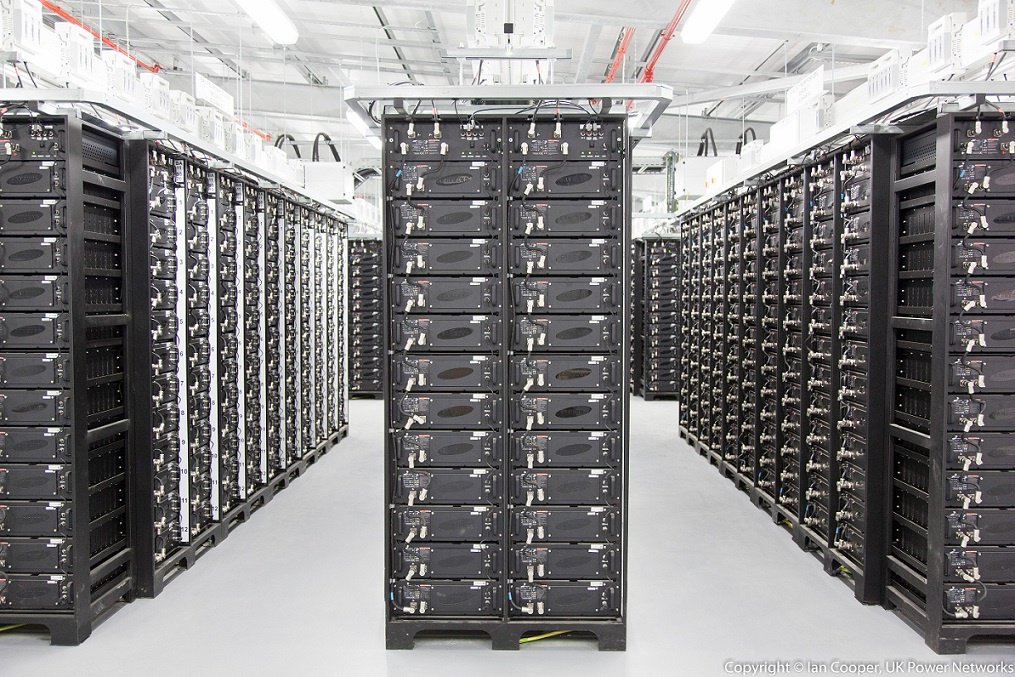(REPOST: GreenBiz)
Battery energy storage is often hailed as a “holy grail” to unlock a renewable energy future. And battery costs are falling, bringing that vision closer to reality. In fact, it is now cost-effective for many commercial customers to invest in batteries to reduce their energy bills.

But therein lies the rub — many of these commercial customers face grid electricity-rate designs that encourage inefficient use of these batteries. In fact, this growing market opportunity for storage highlights the need to revamp the design of typical demand charges that encourage flat customer loads and fail to account for the needs of increasingly renewable energy systems.
New opportunities for commercial customers
As battery costs continue to decline, millions of commercial customers in the U.S. have the opportunity to reduce their energy bills using cost-effective battery storage. Recent reports have highlighted the specific opportunity to use batteries for demand-charge management, reducing a customer’s peak demand from the grid each month.
NREL and Clean Energy Group estimate that over 5 million U.S. commercial customers have access to demand charges high enough (above $15/kW) to make battery storage economic for demand-charge management.
GTM Research claims that by 2021, $11/kW demand charges will make this economic, and 19 states will have economic cases for demand-charge management.
McKinsey estimates that demand charges as low as $9/kW may make battery storage economic, which dramatically could expand this market potential.
LBNL demonstrates how solar and storage together offer particularly high value in reducing commercial demand charges.


